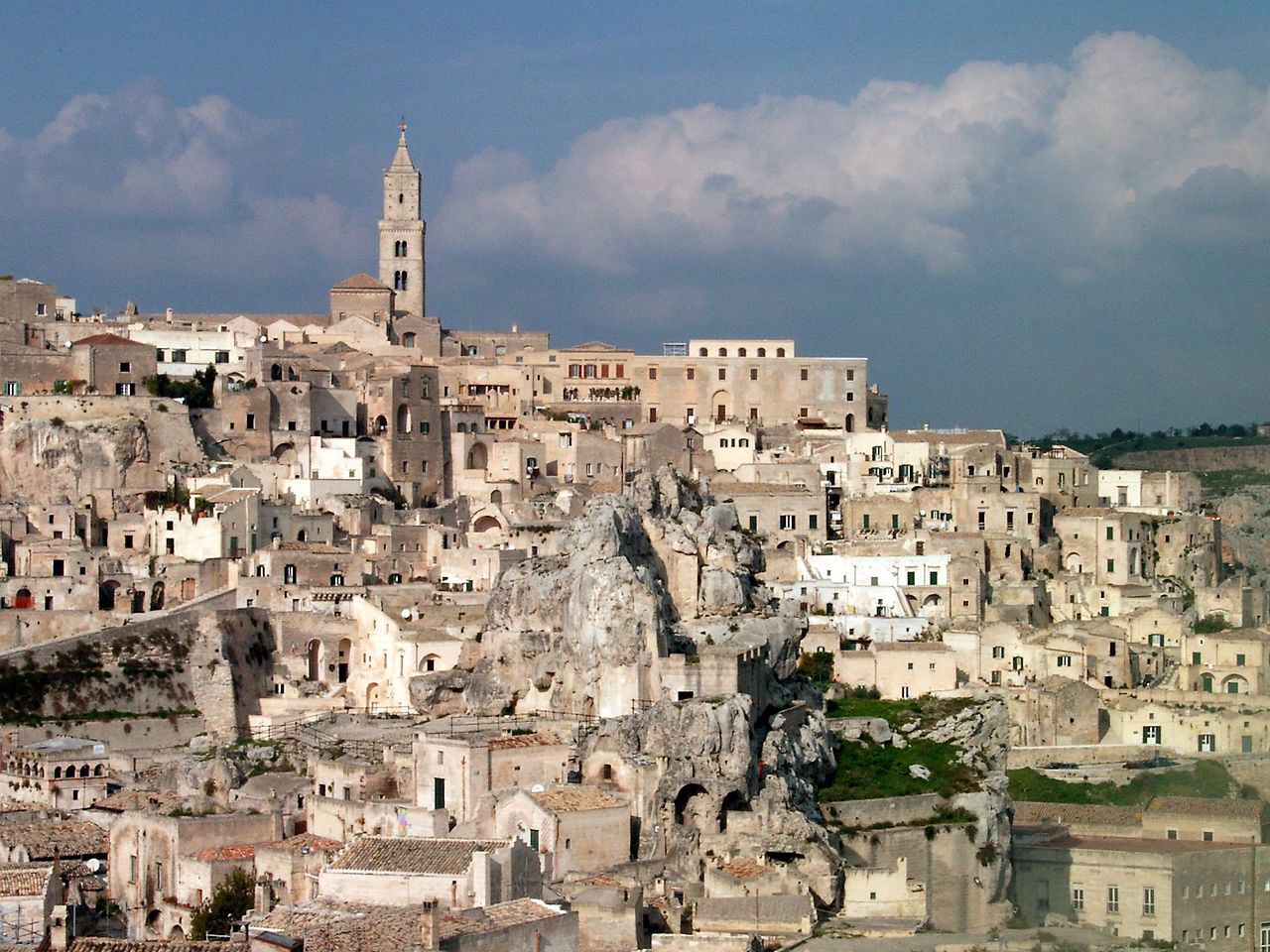European Capital of Culture
From the splendour of the cathedral to that of the shrines, from the heritage of confraternities to the rich popular traditions of the Basilicata region. The project developed by the archdiocese of Matera-Irsina aims at establishing the Park “Terre di luce” for religious tourism understood as a true cultural and spiritual experience. The program includes 78 events held in 15 municipalities of the 6 dioceses located in the region.

Culture and popular religiousness. The project named “I Cammini” (“Itineraries”), drawn up by the archdiocese of Matera-Irsina as a contribution to the initiative “Matera2019”, follows this twofold track. In fact next year the renowned “Stone City” will be the European capital of culture.
A “historic” occasion that the local Church intends to seize so as to offer visitors meaningful and enriching occasions for prayer, praise and reflection, through paths of research, of living memory, for the transmission of values through artistic, literary and musical production, images and traditions.
The project, open to all dioceses in Basilicata, focuses on the enhancement of “itineraries” of sacred sites, of anthropological culture, traditions, and religious devotion.
This heritage – that implies reception, participation and social inclusion – will be enjoyed in full through the ecclesial cultural Park “Terre di luce”.
The proposal promoted by the National Office for the Pastoral Care of Tourism, sport and leisure on the occasion of “Matera2019”, envisages the creation of a territorial system that promotes, recuperates and enhances, through a coordinated and integrated strategy, the artistic, historic and liturgical heritage of the area.
The underlying theme of the project is to progress along an itinerary that represents human life, as every human person is a pilgrim on Earth.
The project proposes 8 itineraries aimed at contributing to the discovery of the territory, of oneself and others, establishing relations, enhancing places, experiences and existing competences, triggering energies and resources, experimenting models of social enterprise and “new economy”
for the common good. Such proposals range from the Itinerary of cathedrals to that of the shrines, from the Path of Advent and Christmas, to that of Lent and of Easter Season. Then there are the Itineraries of generations, of the Sacred nights, of the pipe organs and readings.

They draw inspiration from the “five paths” of a new humanism proposed by Pope Francis in Evangelii gaudium, which accompanied the preparation and realization of the Fifth National Ecclesial Conference held in Florence in November 2015. The verbs “to go forth”, “to proclaim”, “to dwell”, “to educate”, “to transfigure”, were concretized in the identification of one or more physical and conceptual “itineraries” that pilgrims have the opportunity to follow, choosing each time whether to respect the scheduled legs of the journey, to personalize their route enhancing significant crossroads or to prioritize the themes.
In the second half of 2018 the first itineraries will take shape and gradually be expanded and further developed possibly after 2020.
The project includes the creation of an app that will virtually guide users throughout the various routes, as well as 78 events to be held across 15 municipalities and 6 dioceses in the region.
Cooperation with dioceses in the Basilicata region – – Potenza-Muro Lucano-Marsico Nuovo, Acerenza, Melfi-Rapolla-Venosa, Tricarico e Tursi-Lagonegro – and with other institutional partners and local associations will be further stepped up to ensure the project’s feasibility so that it may become a lasting model to be replicated in time.
The local dissemination of the cultural ecclesial Park “Terre di Luce”, networking with parish communities, monasteries, shrines and lay associations – which carry a wealth of traditions and cherish artworks and signs born of popular faith- is among the objectives of the project. The overarching goal is
to offer “religious” tourism in the form of true cultural and spiritual experience and to help communities rediscover themselves as places fostering authentic encounters between people, experiences and generations.